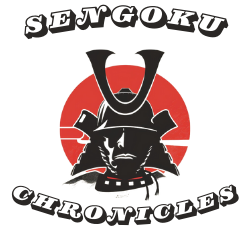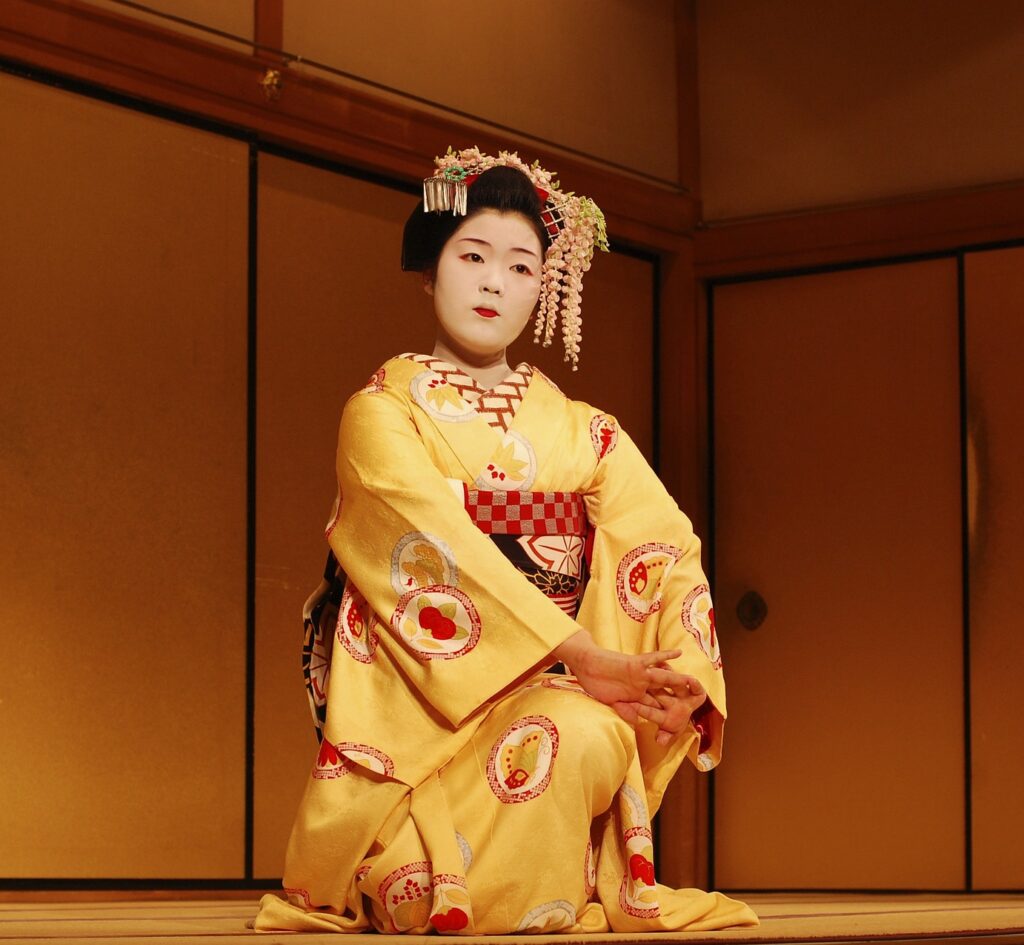Introduction
The timeless allure of the geisha has captivated people around the world for centuries. These iconic figures are deeply rooted in Japanese culture, representing a unique blend of art, tradition, and elegance. But who are the geisha, really? Are they merely entertainers, or is there more to their story?
In this blog post, we will explore the fascinating world of geisha. We’ll look into their rich history, the rigorous training they undergo, and their daily lives. We will also address common misconceptions and discuss their role in contemporary society. By the end of this journey, you’ll have a deeper understanding of these enigmatic women and their enduring significance.
The world of the geisha is a tapestry of tradition and artistry. It’s time to unravel the threads and discover what truly makes a geisha. Join us as we delve into this captivating aspect of Japanese culture.
Historical Background
Origins of Geisha
The origins of geisha can be traced back to early entertainers in Japan known as saburuko and shirabyoshi. Saburuko were women who offered various forms of entertainment, including singing and dancing, during the 7th century. Shirabyoshi were female dancers who performed traditional Japanese songs and dances in the 12th century. These early forms of entertainment laid the groundwork for what would eventually become the geisha profession.
Emergence of the First Geisha
The first geisha appeared in the 17th century during the Edo period. Interestingly, the earliest geisha were men, known as taikomochi or hōkan, who entertained guests with storytelling and music. It wasn’t until later that female entertainers, who were initially assistants to the male geisha, began to dominate the profession. By the mid-18th century, female geisha had become more popular and outnumbered their male counterparts.
Evolution through the Edo Period
During the Edo period, geisha began to distinguish themselves from courtesans and other entertainers. They developed a unique identity, focusing on refined arts and cultural performances rather than providing sexual services. Geisha became symbols of elegance, skilled in various traditional Japanese arts such as dance, music, and the tea ceremony. Their role was to entertain guests through these artistic performances, setting them apart from other types of entertainers.
Geisha in the Meiji Era and Beyond
The Meiji Restoration in the late 19th century brought significant changes to Japanese society, including the geisha profession. Western influence and modernization led to shifts in cultural practices and social structures. Despite these changes, geisha adapted and continued to thrive. They maintained their traditional arts while incorporating new elements, ensuring their relevance in a rapidly changing world. The geisha profession faced challenges but remained a vital part of Japanese culture.
Geisha have managed to preserve their cultural significance through centuries of change. Their ability to adapt while maintaining their traditional essence has allowed them to remain iconic figures in Japanese society. This historical journey highlights the resilience and enduring allure of the geisha.
The Path to Becoming a Geisha
Training Process
Introduction to the Hanamachi
- The journey to becoming a geisha begins with entering the hanamachi, or geisha district. This tightly-knit community is where aspiring geisha, called shikomi, start their training. They live in an okiya, or geisha house, under the guidance of an experienced geisha known as the okaasan (house mother).
Stages of Training
- Shikomi Stage:
- At this initial stage, shikomi perform household chores and observe the daily routines of the geisha. This period is crucial for learning discipline and understanding the demands of the profession.
- The shikomi attend classes in traditional arts, including dance, music, and tea ceremony. Their training is rigorous and demanding.
- Minarai Stage:
- After months of training, a shikomi progresses to the minarai stage. Minarai means “learning by observation,” and at this stage, the trainee begins to participate in geisha gatherings but primarily as an observer.
- Minarai wear elaborate kimonos and attend parties to watch senior geisha at work. They learn the subtleties of performance, conversation, and entertaining guests.
- Maiko Stage:
- The next step is becoming a maiko, or apprentice geisha. This stage is marked by a formal ceremony called “misedashi.” Maiko undergo extensive training in traditional arts and start performing at events.
- Maiko are easily recognizable by their colorful kimonos, elaborate hairstyles, and distinctive makeup. They are responsible for entertaining guests, often under the mentorship of a senior geisha.
Transition to Geiko
- After several years of training and performance, a maiko becomes a geiko, or full-fledged geisha. This transition involves another ceremony, called “erikae,” where the maiko changes her hairstyle and attire to those of a geiko.
- Geiko are considered accomplished artists and can work independently, though they continue to refine their skills throughout their careers.
Skills and Arts Mastery
Traditional Arts
- Geisha are trained in various traditional Japanese arts. Nihon buyo, a classical Japanese dance, is a core skill. Dance performances are often central to a geisha’s repertoire.
- Music is another critical area, with the shamisen (a three-stringed instrument) being a primary focus. Geisha also learn to play other instruments, such as the koto and flute.
- The tea ceremony (sado) and flower arranging (ikebana) are also part of their training. These arts require precision, grace, and an understanding of Japanese aesthetics.
Importance of Etiquette and Social Skills
- Beyond artistic skills, geisha are trained in etiquette, conversation, and social interaction. These skills are essential for creating an enjoyable and memorable experience for guests.
- Geisha must master the art of making conversation, telling stories, and engaging guests in traditional Japanese games and activities.
Mentorship and Okiya (Geisha House)
Role of the Okaasan
- The okaasan plays a crucial role in the development of a geisha. She provides guidance, support, and instruction. The okaasan is responsible for the financial and social well-being of the trainees.
- The okiya operates as a family unit, with senior geisha acting as mentors to the younger trainees. This system ensures that knowledge and skills are passed down through generations.
Life within the Okiya
- Living in the okiya creates a supportive environment for learning and growth. Trainees share their experiences and help each other develop their skills.
- The okiya also handles the business aspects of a geisha’s career, including managing appointments, finances, and public relations.
The path to becoming a geisha is long and demanding, requiring years of dedicated training and practice. It is a journey that transforms young girls into accomplished artists, preserving the cultural heritage and traditions of Japan.
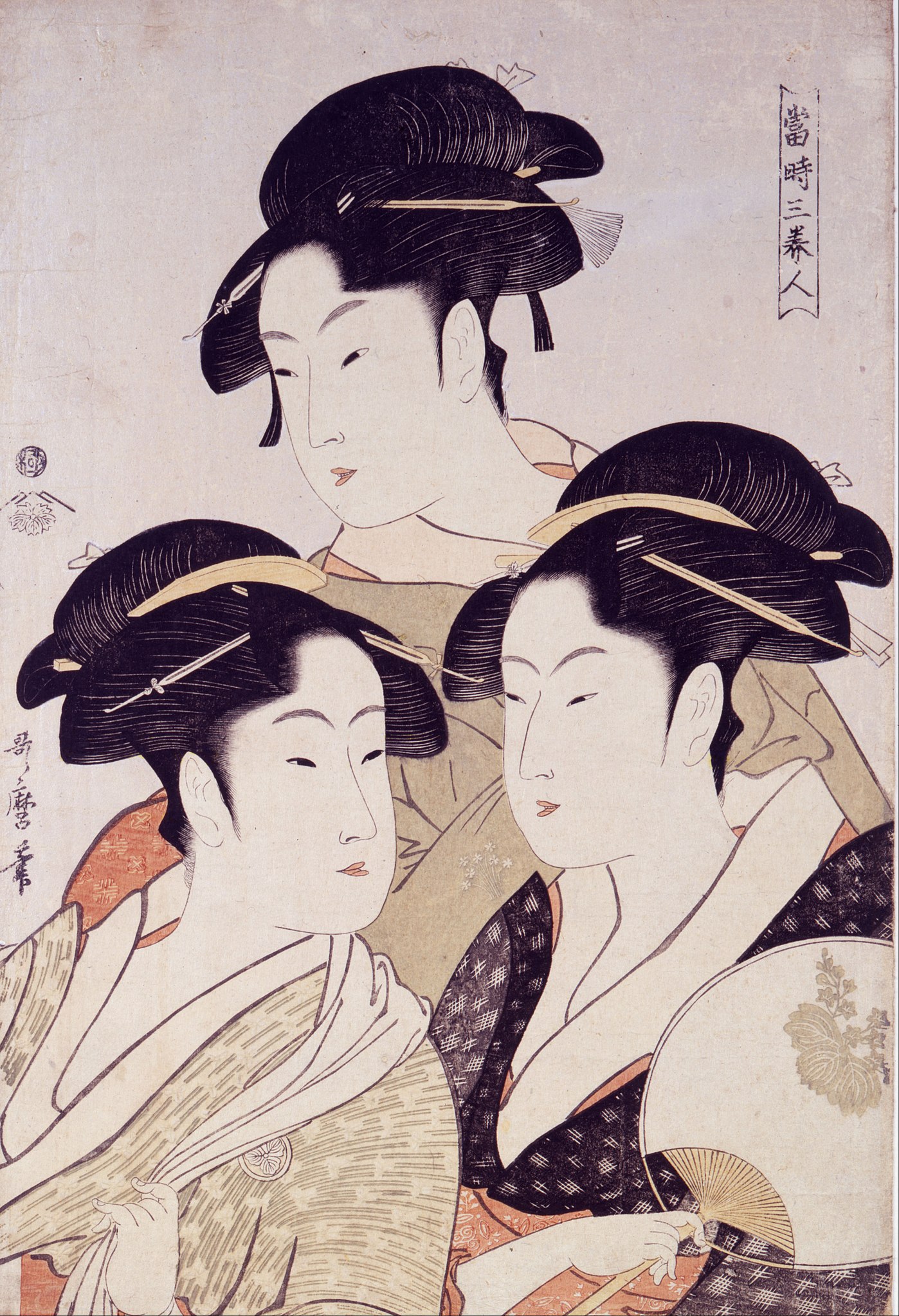
Daily Life and Work
Typical Day of a Geisha
Morning Routines and Training Sessions
- A geisha’s day begins early in the morning. After waking up, they engage in personal grooming and dressing. This often involves donning traditional attire such as a yukata.
- Morning hours are usually dedicated to training sessions. Geisha practice their skills in dance, music, and other traditional arts. These sessions are crucial for maintaining and refining their abilities.
- They also spend time rehearsing for upcoming performances and events. Continuous practice ensures that they stay at the peak of their craft.
Afternoon Preparations
- In the afternoon, geisha start preparing for their evening engagements. This preparation is meticulous and time-consuming.
- Dressing involves putting on elaborate kimonos, which can take considerable time due to the complexity of the attire. Each layer and accessory must be worn correctly.
- Applying makeup is another intricate process. Traditional geisha makeup includes white face powder, red and black accents around the eyes, and bright red lipstick. This look is iconic and requires precision to achieve.
- Hair styling is also significant. Maiko, in particular, wear elaborate hairstyles adorned with various hairpins and ornaments. These styles are crafted by professional hairdressers.
Evening Engagements
- The evening is the busiest time for a geisha. They attend appointments at tea houses (ochaya) and private parties (ozashiki). These events are where geisha showcase their talents and entertain guests.
- Geisha perform traditional dances, play musical instruments, and engage guests in conversation. Their role is to create a refined and enjoyable atmosphere.
- Social games and activities are also part of the entertainment. Geisha lead guests in traditional Japanese games, ensuring everyone is having a good time.
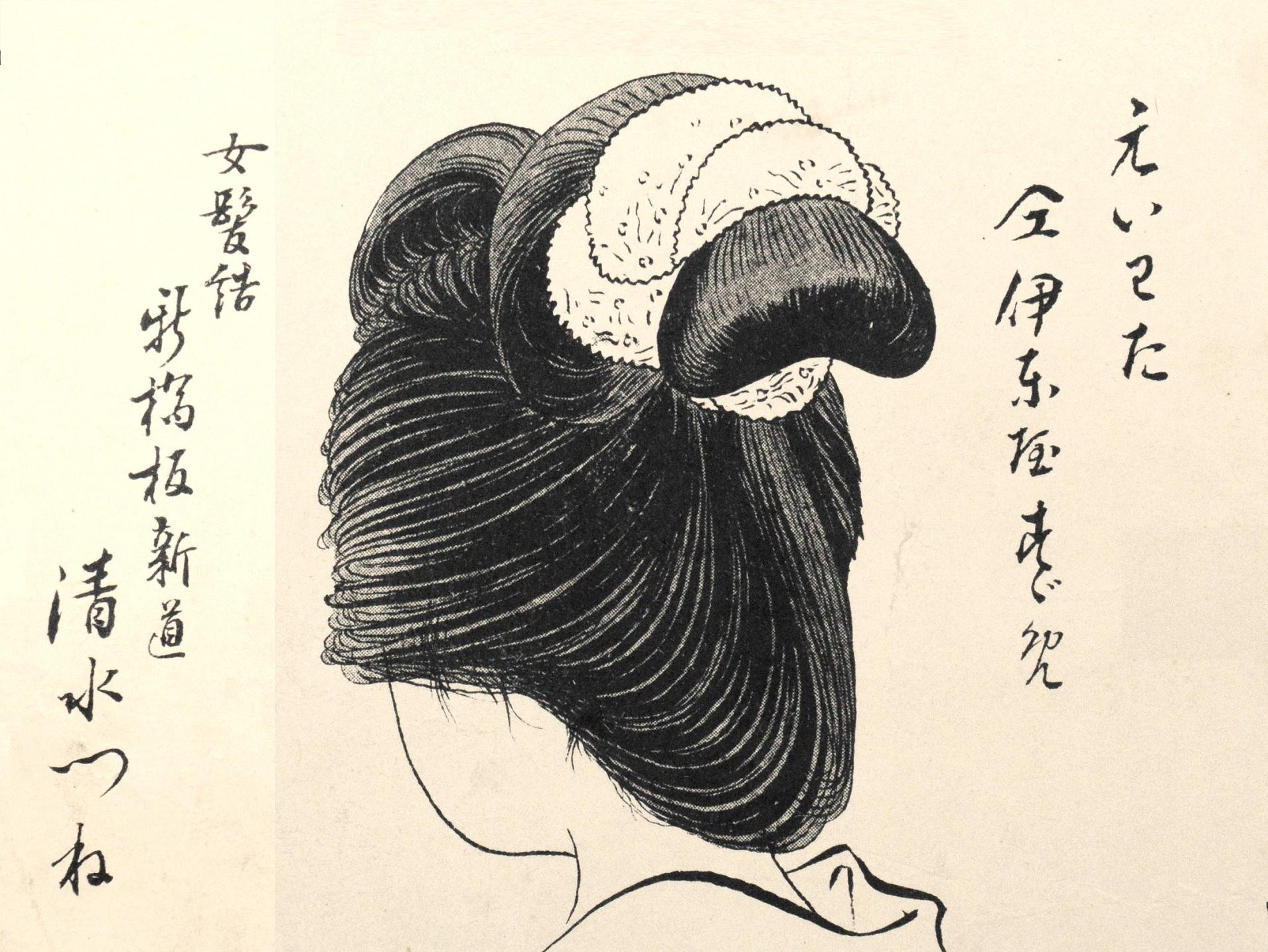
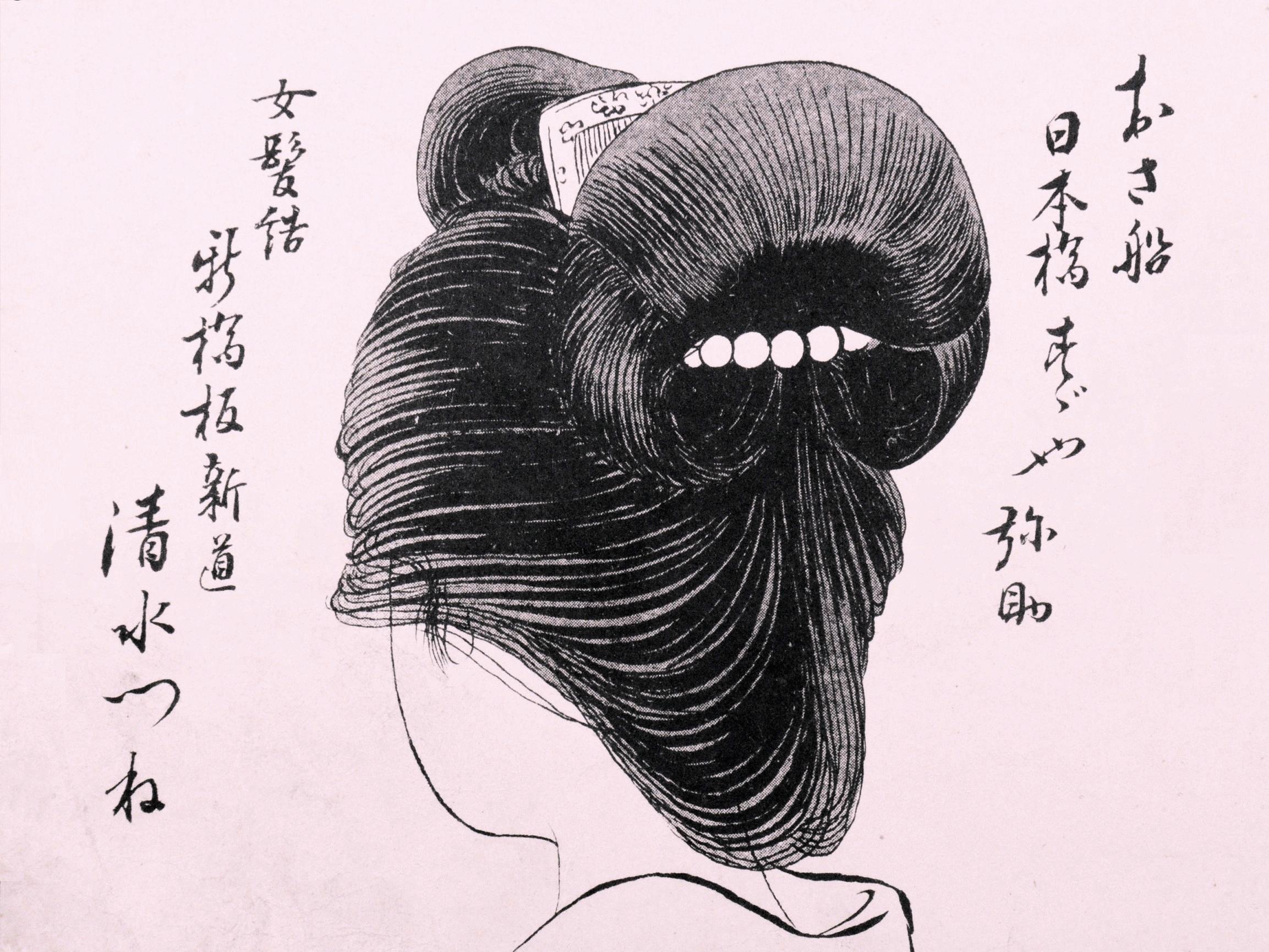
Social and Professional Roles
Entertaining Guests
- The primary role of a geisha is to entertain guests with their artistic performances and social skills. This entertainment is both cultural and social, providing a unique experience that combines art with hospitality.
- Performances include traditional dance routines, musical pieces on instruments like the shamisen, and singing. Each performance is a display of the geisha’s training and dedication.
Representation of Traditional Japanese Culture
- Geisha are ambassadors of traditional Japanese culture. Their presence at events adds a touch of elegance and authenticity. They help preserve and promote cultural practices that might otherwise be forgotten.
- Through their performances and interactions, geisha educate others about Japanese arts, etiquette, and history. Their work ensures that these cultural elements remain vibrant and relevant.
The daily life of a geisha is a blend of rigorous training, meticulous preparation, and captivating performance. Their commitment to their craft and cultural heritage makes them unique and respected figures in Japanese society.
Misconceptions and Stereotypes
Common Myths
Geisha vs. Courtesans
- One of the most prevalent misconceptions is that geisha are equivalent to courtesans or prostitutes. This misunderstanding stems from the visual similarities between geisha and high-ranking courtesans known as oiran, who also wore elaborate kimonos and hairstyles.
- In reality, geisha are professional entertainers and skilled artists. Their primary role is to perform traditional arts such as dance, music, and tea ceremony, not to provide sexual services. The confusion may have arisen because both geisha and courtesans worked in the pleasure districts of historical Japan, but their roles and functions were distinctly different.
Geisha as Mere Entertainers
- Another common myth is that geisha are simply entertainers without any substantial artistic or cultural significance. This view overlooks the rigorous training and mastery of traditional arts that geisha undergo.
- Geisha are highly trained professionals who dedicate years to perfecting their craft. They are custodians of Japanese cultural heritage, preserving and performing traditional arts that might otherwise fade away. Their work involves a deep understanding of cultural practices, making them much more than just entertainers.
Media Influence
Impact of Movies, Books, and Popular Culture
- Media portrayals have significantly influenced public perceptions of geisha, often leading to distorted and romanticized images. Popular books and movies, such as “Memoirs of a Geisha,” have both introduced the concept of geisha to a global audience and perpetuated certain inaccuracies.
- These portrayals sometimes emphasize the more exotic and mysterious aspects of geisha life while neglecting the reality of their disciplined training and cultural roles. As a result, audiences might focus on the visual allure and drama rather than the genuine artistry and dedication involved.
Notable Misrepresentations
- Various forms of media have misrepresented the geisha in ways that contribute to ongoing stereotypes. For instance, the depiction of geisha as secretive and erotic figures feeds into the misconception of their roles being primarily sexual.
- Additionally, simplified or dramatized portrayals often ignore the complexity and diversity of the geisha community. Geisha are not a monolithic group; their experiences and practices can vary widely depending on the region, the specific hanamachi, and individual circumstances.
Effects of Misrepresentation
- These misrepresentations can have lasting effects on the perception of geisha both within Japan and internationally. They can overshadow the true cultural significance of geisha, reducing their rich history and artistry to mere caricature.
- Misunderstandings fueled by media portrayals can also impact the geisha profession itself, potentially leading to a loss of respect and appreciation for their work. It’s important to recognize and challenge these stereotypes to preserve the authentic legacy of geisha.
Addressing misconceptions and stereotypes is crucial for understanding the true nature of geisha. By separating myth from reality, we can appreciate their genuine contributions to Japanese culture and the artistry that defines their profession.
Contemporary Geisha
Modern-Day Geisha
Changes in the Profession
- The role of geisha has evolved significantly in modern times. While they still practice and perform traditional arts, the context in which they operate has changed. Today, geisha often balance their traditional roles with modern lifestyles.
- Technological advancements and societal changes have influenced the geisha profession. For instance, some geisha now use social media to reach a broader audience, promote their performances, and attract new clients.
Adapting to Contemporary Society
- Contemporary geisha face the challenge of maintaining their traditional practices while adapting to the demands of modern society. This balance requires flexibility and innovation.
- Some geisha participate in cultural festivals, international tours, and public performances, making traditional Japanese arts more accessible to a global audience. This helps preserve their cultural heritage while also ensuring their relevance in today’s world.
Challenges Faced by Geisha
Economic and Social Pressures
- The number of geisha has declined over the years due to economic and social pressures. The high cost of training and maintaining the elaborate lifestyle of a geisha can be prohibitive.
- Social changes, such as shifting gender roles and career opportunities for women, have also contributed to the decline. Many young women now pursue different career paths, making it harder to attract new trainees to the geisha profession.
Preservation of Tradition
- One of the significant challenges for contemporary geisha is preserving their traditions amidst a rapidly changing society. This involves not only maintaining their artistic skills but also upholding the cultural values and etiquette that define their profession.
- Efforts to preserve tradition include establishing schools and training programs to teach traditional arts to new generations. Some geisha houses have also formed associations to support and promote their work.
Cultural Preservation
Efforts to Maintain and Promote Traditional Arts
- Various initiatives are underway to preserve and promote the traditional arts practiced by geisha. These efforts often involve collaboration with cultural organizations, government bodies, and international institutions.
- Educational programs, workshops, and public demonstrations help raise awareness about the importance of geisha culture. These activities aim to ensure that the knowledge and skills of geisha are passed down to future generations.
Role in Cultural Tourism and International Outreach
- Geisha play a vital role in cultural tourism in Japan. Cities like Kyoto, Tokyo, and Kanazawa, with their historic geisha districts, attract tourists eager to experience traditional Japanese culture firsthand.
- Internationally, geisha participate in cultural exchanges, performances, and exhibitions. These activities help promote Japanese culture globally and foster a deeper appreciation for the art and history of geisha.
Notable Geisha and Geisha Districts Today
Profiles of Prominent Modern Geisha
- Several contemporary geisha have gained recognition for their contributions to the art and culture of geisha. These individuals often serve as cultural ambassadors, showcasing their skills and representing the geisha community.
- Notable geisha include those who have excelled in specific arts, such as dance or music, and those who have innovated within the profession, such as using digital platforms to reach new audiences.
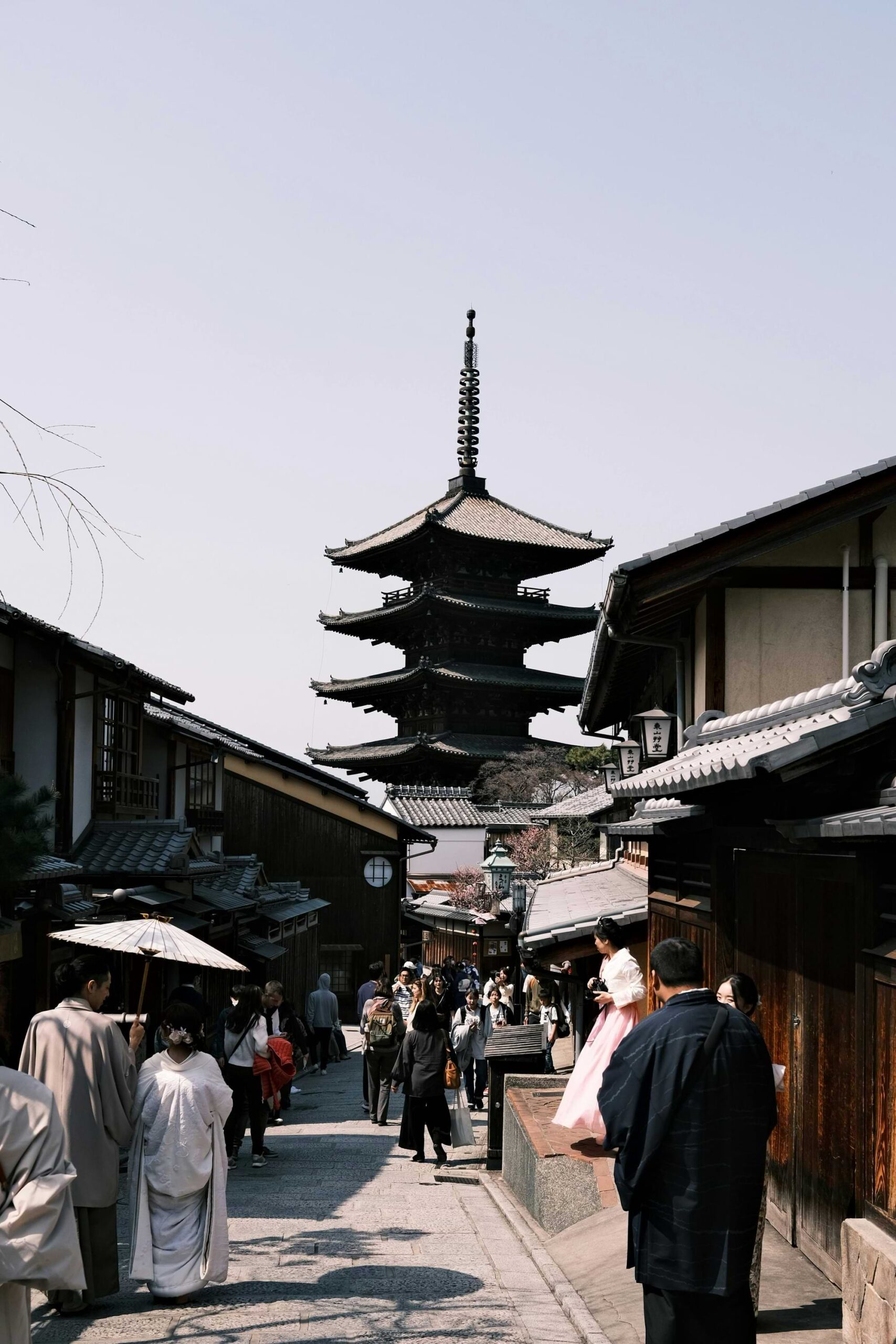
Key Hanamachi Districts
- Traditional geisha districts, known as hanamachi, remain centers of geisha culture. Kyoto’s Gion district, Tokyo’s Asakusa, and Kanazawa’s Higashi Chaya are among the most famous.
- These districts continue to uphold the traditions and practices of geisha, offering visitors a glimpse into this unique aspect of Japanese culture. The hanamachi serve as living museums where the legacy of geisha is preserved and celebrated.
Contemporary geisha navigate the delicate balance between tradition and modernity. Their efforts to preserve and promote their cultural heritage ensure that the legacy of geisha continues to thrive in the modern world.
Conclusion
The world of the geisha is one of elegance, artistry, and deep cultural significance. From their origins in early Japanese entertainment to their refined roles as performers and cultural ambassadors, geisha have maintained a unique and enduring presence in Japanese society.
The rigorous training and dedication required to become a geisha highlight their commitment to preserving traditional arts and cultural practices. Despite facing numerous challenges, including economic pressures and societal changes, geisha continue to adapt while staying true to their roots. Their ability to balance tradition with modernity is a testament to their resilience and the timeless appeal of their art.
Common misconceptions and stereotypes have often clouded the true nature of geisha, reducing their rich cultural heritage to mere caricature. By understanding the distinctions between geisha and courtesans, and recognizing the depth of their artistic skills, we can appreciate their true value and contribution to Japanese culture.
In contemporary times, geisha continue to play a vital role in cultural preservation and international outreach. Their participation in cultural tourism, public performances, and global exchanges ensures that traditional Japanese arts remain vibrant and relevant. Notable geisha and historic hanamachi districts serve as living symbols of this enduring legacy.
Reflecting on the journey of geisha through history to the present day, we see a tapestry of tradition, innovation, and artistry. The geisha’s commitment to their craft and cultural heritage offers a profound lesson in the importance of preserving and honoring our cultural roots. As we look to the future, it is essential to support and celebrate the geisha, ensuring that their legacy continues to inspire and captivate generations to come.
In conclusion, the geisha are much more than entertainers; they are custodians of a rich cultural tradition that has survived through centuries. Their story is one of perseverance, grace, and timeless beauty. Let us appreciate and respect the true essence of geisha, and recognize their invaluable role in the cultural tapestry of Japan.
Additional Resources
Books and Articles
- “Geisha: A Life” by Mineko Iwasaki: A memoir by one of Japan’s most famous geisha, providing an insider’s perspective on the life and culture of geisha.
- “Geisha of Gion” by Mineko Iwasaki: Another compelling autobiography by Mineko Iwasaki, detailing her experiences and challenges in the geisha world.
- “Autobiography of a Geisha” by Sayo Masuda: A poignant and insightful account of a geisha’s life during the early 20th century.
- “Women of the Pleasure Quarters: The Secret History of the Geisha” by Lesley Downer: A comprehensive history that explores the origins and evolution of geisha culture.
- “Geisha” by Liza Dalby: Written by an American anthropologist who trained as a geisha, this book offers a unique and detailed exploration of geisha traditions and practices.
Documentaries and Films
- “Dreams of a Geisha”: A documentary that provides an in-depth look at the daily lives and training of modern geisha.
- “Memoirs of a Geisha” (Film): While a fictional story based on Arthur Golden’s novel, this film offers a visually stunning portrayal of geisha life and culture, though it should be viewed with an understanding of its artistic liberties.
- “Real Geisha Real Women”: A documentary that dispels myths and presents the realities of geisha life through interviews and behind-the-scenes footage.
- “The Secret Life of Geisha”: A National Geographic documentary that explores the history and contemporary life of geisha, featuring interviews with geisha and cultural experts.
Websites and Online Resources
- Geisha Japan (geishajapan.com): A website dedicated to providing information about geisha culture, including articles, interviews, and event listings.
- Kyoto Geisha & Maiko (kyoto-maiko.com): A resource for learning about the geisha and maiko of Kyoto, including information on performances and cultural experiences.
- YouTube Channels: Channels such as “Shinichi’s World” and “Geisha Girl TV” offer video content on geisha culture, including interviews, performances, and daily life insights.
Travel Information
- Visiting Kyoto’s Gion District: Tips for exploring one of Japan’s most famous geisha districts, including recommended tea houses and performance venues.
- Experiencing Geisha Culture in Tokyo: Information on geisha districts like Asakusa and Kagurazaka, where visitors can enjoy geisha performances and cultural events.
- Kanazawa’s Higashi Chaya District: A guide to this historic geisha district, known for its preserved tea houses and cultural heritage.
These resources offer a wealth of information for anyone interested in learning more about geisha culture, history, and contemporary practices. Whether through books, documentaries, or firsthand experiences, these materials provide valuable insights into the enigmatic and fascinating world of geisha.
